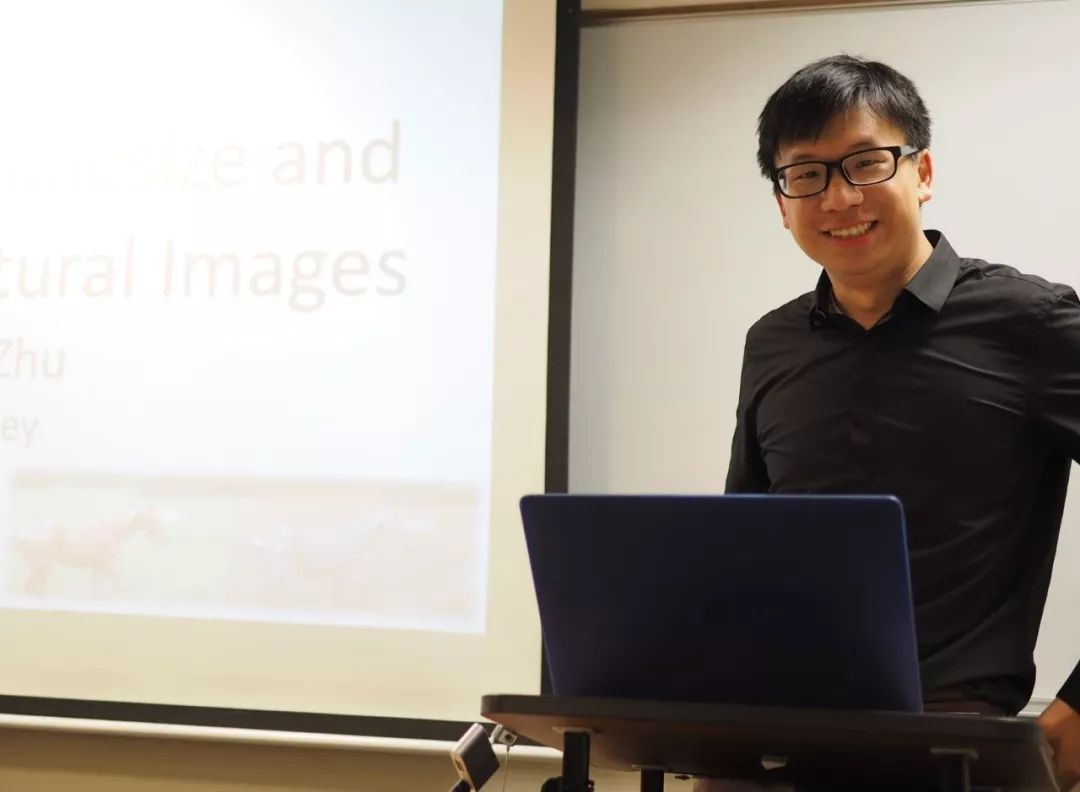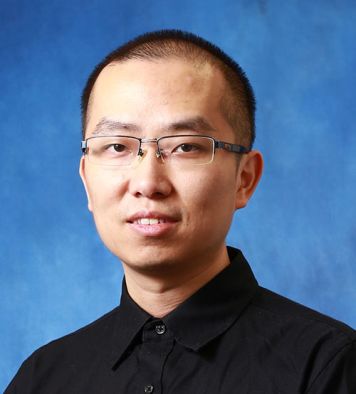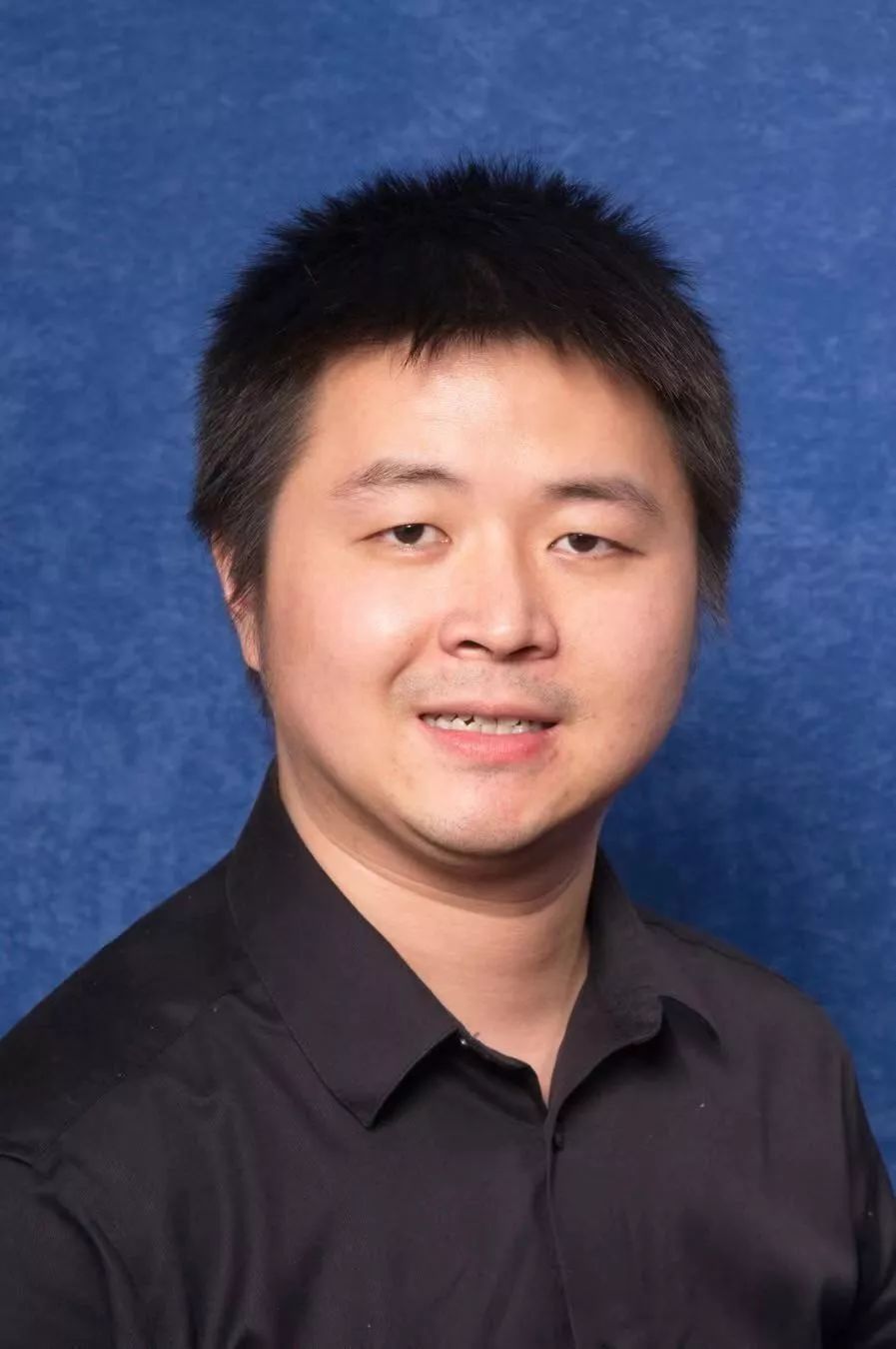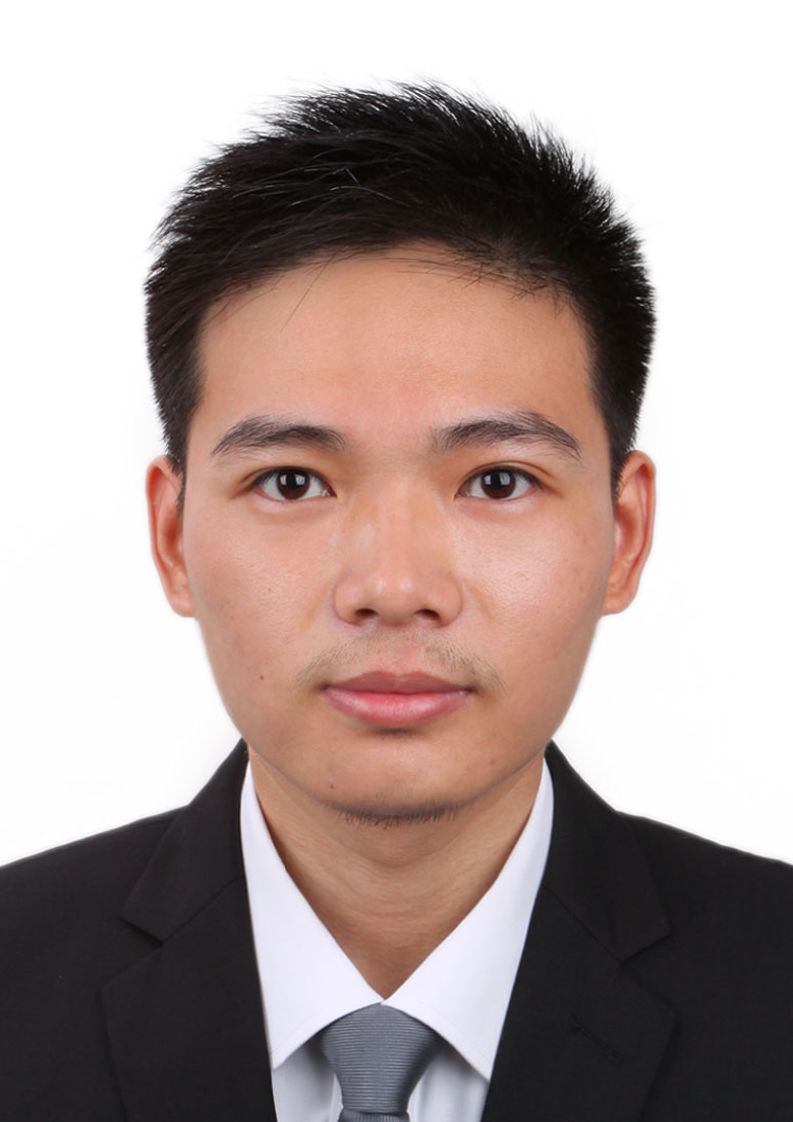VALSE Webinar 19-02期 GAN专题研讨
VALSE Webinar改版说明:
自2019年1月起,VALSE Webinar改革活动形式,由过去每次一个讲者的方式改为两种可能的形式:
1)Webinar专题研讨:每次活动有一个研讨主题,先邀请两位主题相关的优秀讲者做专题报告(每人30分钟),随后邀请额外的2~3位嘉宾共同就研讨主题进行讨论(30分钟)。
2)Webinar特邀报告:每次活动邀请一位资深专家主讲,就其在自己熟悉领域的科研工作进行系统深入的介绍,报告时间50分钟,主持人与主讲人互动10分钟,自由问答10分钟。
报告时间:2019年1月9日(星期三)下午14:00(北京时间)
主题:GAN时代的真真假假虚虚实实
主持人:郑海永(中国海洋大学)
报告嘉宾:朱俊彦(美国麻省理工学院)
报告题目:Learning to Synthesize Images, Videos, and 3D Objects
报告嘉宾:李鸿升(香港中文大学)
报告题目:Adversarial Learning for High-resolution Image Generation and Guided Feature Disentanglement
Panel议题:
GAN与其他生成模型相比有什么优势?GAN的优缺点是什么?
GAN在图像生成/合成方面还有哪些问题亟需解决?
GAN在其他场景和视觉数据(比如:视频,3D模型,等)的应用。
我们现在如何看待LeCun对GAN的“过去十年间机器学习领域最让人激动的点子”评价?
与人类艺术家相比,GAN能否在艺术领域有所作为?
GAN生成对抗样本会对AI相关应用产生怎样的威胁?该如何应对?
GAN的理论可解释性问题。
Panel嘉宾:
朱俊彦(美国麻省理工学院)、李鸿升(香港中文大学)、齐国君(华为美国研究所)、徐畅(悉尼大学)
报告嘉宾:朱俊彦(美国麻省理工学院)
报告时间:2019年1月9日(星期三)下午14:00(北京时间)
报告题目:Learning to Synthesize Images, Videos, and 3D Objects
报告人简介:
Jun-Yan Zhu is a postdoctoral researcher at MIT CSAIL. He obtained his Ph.D. in EECS from UC Berkeley and his B.E. from Tsinghua University. He studies computer vision, computer graphics, and machine learning, with the goal of building intelligent machines, capable of recreating our visual world. He is a recipient of Facebook Fellowship, ACM SIGGRAPH Outstanding Doctoral Dissertation Award, and UC Berkeley EECS David J. Sakrison Memorial Prize for outstanding doctoral research.
个人主页:
http://people.csail.mit.edu/junyanz/
报告摘要:
Traditional computer graphics rendering pipelines can synthesize an image or video, but only in the hands of an expert. Experts have to explicitly specify everything “just right”, including geometry, materials, and lighting, for a human to perceive an image as realistic; it can take thousands of visual artists several months to create a short movie. In this talk, I argue that we need to build models that learn to do graphics. I will first present several general-purpose learning methods for generating and manipulating natural images. I will then discuss our ongoing efforts on learning to synthesize 3D textured objects and high-resolution videos, with the ultimate goal of building intelligent machines, capable of recreating our visual world.
参考文献:
[1] J.-Y. Zhu, T. Park, P. Isola, and A. A. Efros, “Unpaired image-to-image translation using cycle-consistent adversarial networks,” in ICCV 2017.
[2] P. Isola, J.-Y. Zhu, T. Zhou, and A. A. Efros, “Image-to-image translation with conditional adversarial networks,” in CVPR 2017.
[3] T.-C. Wang, M.-Y. Liu, J.-Y. Zhu, A. Tao, J. Kautz, and B. Catanzaro, “High-resolution image synthesis and semantic manipulation with conditional gans,” in CVPR 2018.
[4] T.-C. Wang, M.-Y. Liu, J.-Y. Zhu, G. Liu, A. Tao, J. Kautz, and B. Catanzaro, “Video-to-video synthesis,” in NeurIPS 2018.
[5] J.-Y. Zhu, Z. Zhang, C. Zhang, J. Wu, A. Torralba, J. B. Tenenbaum, and W. T. Freeman, “Visual object networks: Image generation with disentangled 3d representations,” in NeurIPS 2018.
[6] S. Yao, T. M. Hsu, J.-Y. Zhu, J. Wu, A. Torralba, William T. Freeman, and J. B. Tenenbaum, “3D-aware scene manipulation via inverse graphics,” in NeurIPS 2018
[7] D. Bau, J.-Y. Zhu, H. Strobelt, Z. Bolei, J. B. Tenenbaum, W. T. Freeman, and A. Torralba, “Gan dissection: Visualizing and understanding generative adversarial networks,” in ICLR 2019.
报告嘉宾:李鸿升(香港中文大学)
报告时间:2019年1月9日(星期三)下午14:30(北京时间)
报告题目:Adversarial Learning for High-resolution Image Generation and Guided Feature Disentanglement
报告人简介:
李鸿升现任香港中文大学电子工程系助理教授。他在2013-2015年期间任电子科技大学大学副教授,2015-2018年任香港中文大学研究助理教授。他的研究兴趣主要在面向计算机视觉的深度学习方法,高层次视觉与文本理解,以及图像建模。他在机器学习及计算机视觉领域的顶级国际会议与期刊(如ICCV、CVPR、ECCV、NIPS、T-PAMI等)发表超过40篇学术论文。在2015-2016年,他带领香港中文大学多媒体实验室团队参加ImageNet国际比赛获得视频物体检测项目冠军。
个人主页:
www.ee.cuhk.edu.hk/~hsli
报告摘要:
In this talk, I will present two of our latest work on generative adversarial models. We proposed the StackGAN-v1 and StackGAN-v2 for generating high-resolution images given various conditions. The StackGAN networks are multi-stage structures that contain multiple discriminators and generators. They are able to generate and refine high-resolution images in a coarse-to-fine manner. Similar network designs are adopted by multiple concurrent GAN that generate high-resolution images. The adversarial generative networks can also assist the learning of disentangled features. We propose to learn pose disentangled feature representations for person re-identification. Generators and discriminators are adopted for learning pose disentangled feature representations with the guidance of human pose information. The proposed network achieves state-of-the-art person re-identification accuracy without increasing the inference complexity.
参考文献:
[1] H. Zhang, T. Xu, H. Li, S. Zhang, X. Wang, X. Huang, D. N. Metaxas, StackGAN++: Realistic Image Synthesis with Stacked Generative Adversarial Networks, IEEE Transactions on Pattern Analysis and Machine Intelligence (T-PAMI), 2018.
[2] Y. Ge, Z. Li, H. Zhao, G. Yin, S. Yi, X. Wang, H. Li, FD-GAN: Pose-guided Feature Distilling GAN for Robust Person Re-identification, Annual Conference on Neural Information Processing Systems (NeurIPS), 2018.
Panel嘉宾:齐国君(华为美国研究所)
嘉宾简介:
齐国君博士现就职于华为美国研究所,任技术副总裁(Technical VP)和EI智能体首席科学家,负责华为云EI智能体的研发。此前齐国君博士任教于中佛罗里达大学计算机系,并担任机器感知和学习(MAPLE)实验室主任。其研究兴趣包括面向多源异构大数据的数据挖掘、智能信息处理等,并将所提出的方法应用于社交网络、医疗健康、金融系统等多个领域之中。
个人主页:
http://www.eecs.ucf.edu/~gqi/
Panel嘉宾:徐畅(悉尼大学)
嘉宾简介:
徐畅,悉尼大学计算机学院讲师(助理教授)。主要关注机器学习算法及其在计算机视觉中的应用,如多视角学习、对抗学习、人体行为分析及图像生成等。在人工智能领域重要国际会议和期刊发表论文50余篇,包括ICML、NIPS、IJCAI、AAAI、IEEE T-PAMI和IEEE T-IP等。
个人主页:
https://sydney.edu.au/engineering/people/c.xu.php
19-02期VALSE在线学术报告参与方式:
长按或扫描下方二维码,关注“VALSE”微信公众号(valse_wechat),后台回复“02期”,获取直播地址。

特别鸣谢本次Webinar主要组织者:
主办AC:郑海永
协办AC:徐畅、欧阳万里
责任AC:郭裕兰
活动参与方式:
1、VALSE Webinar活动依托在线直播平台进行,活动时讲者会上传PPT或共享屏幕,听众可以看到Slides,听到讲者的语音,并通过聊天功能与讲者交互;
2、为参加活动,请关注VALSE微信公众号:valse_wechat 或加入VALSE QQ群(目前A、B、C、D、E、F、G群已满,除讲者等嘉宾外,只能申请加入VALSE H群,群号:701662399);
*注:申请加入VALSE QQ群时需验证姓名、单位和身份,缺一不可。入群后,请实名,姓名身份单位。身份:学校及科研单位人员T;企业研发I;博士D;硕士M。
3、在活动开始前5分钟左右,讲者会开启直播,听众点击直播链接即可参加活动,支持安装Windows系统的电脑、MAC电脑、手机等设备;
4、活动过程中,请不要说无关话语,以免影响活动正常进行;
5、活动过程中,如出现听不到或看不到视频等问题,建议退出再重新进入,一般都能解决问题;
6、建议务必在速度较快的网络上参加活动,优先采用有线网络连接;
7、VALSE微信公众号会在每周四发布下一周Webinar报告的通知及直播链接。
8、Webinar报告的PPT(经讲者允许后),会在VALSE官网每期报告通知的最下方更新[slides]。
9、Webinar报告的视频(经讲者允许后),会更新在VALSE爱奇艺空间,请在爱奇艺关注Valse Webinar进行观看。










